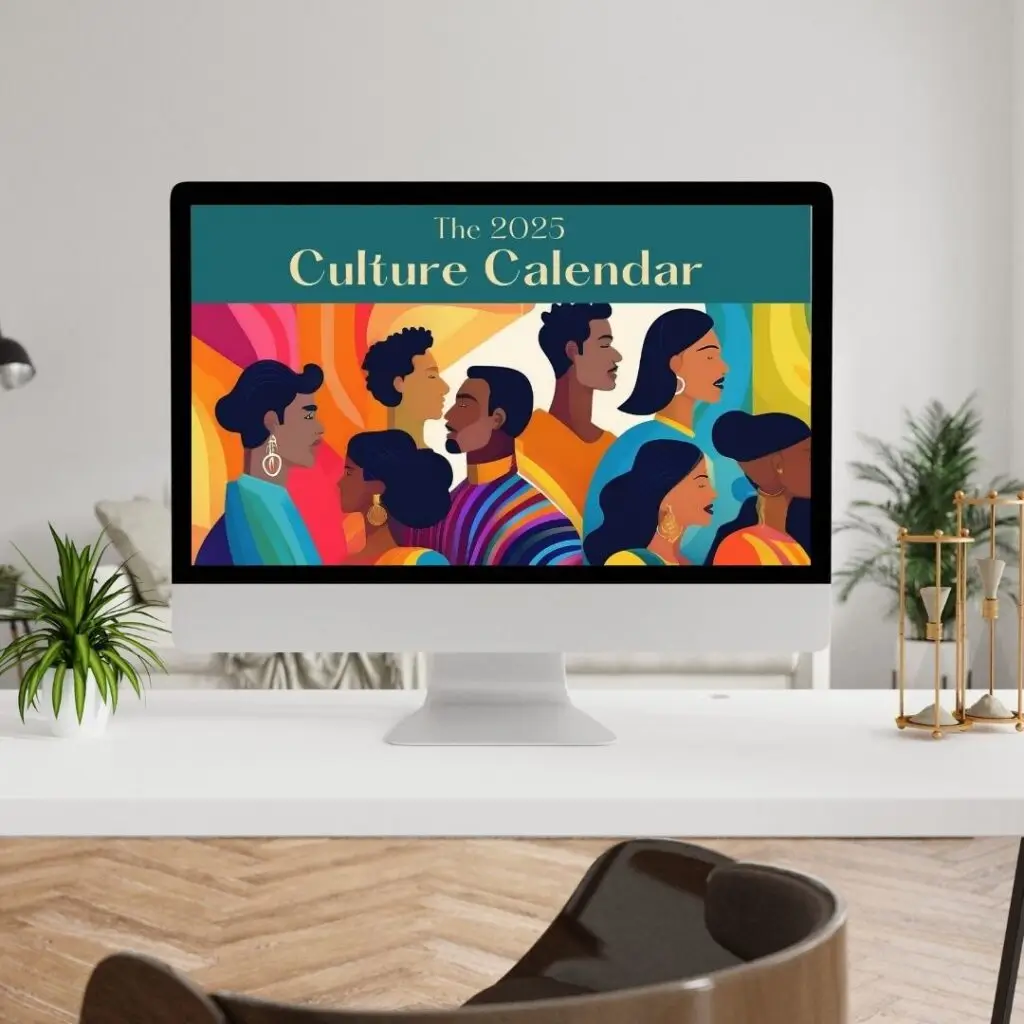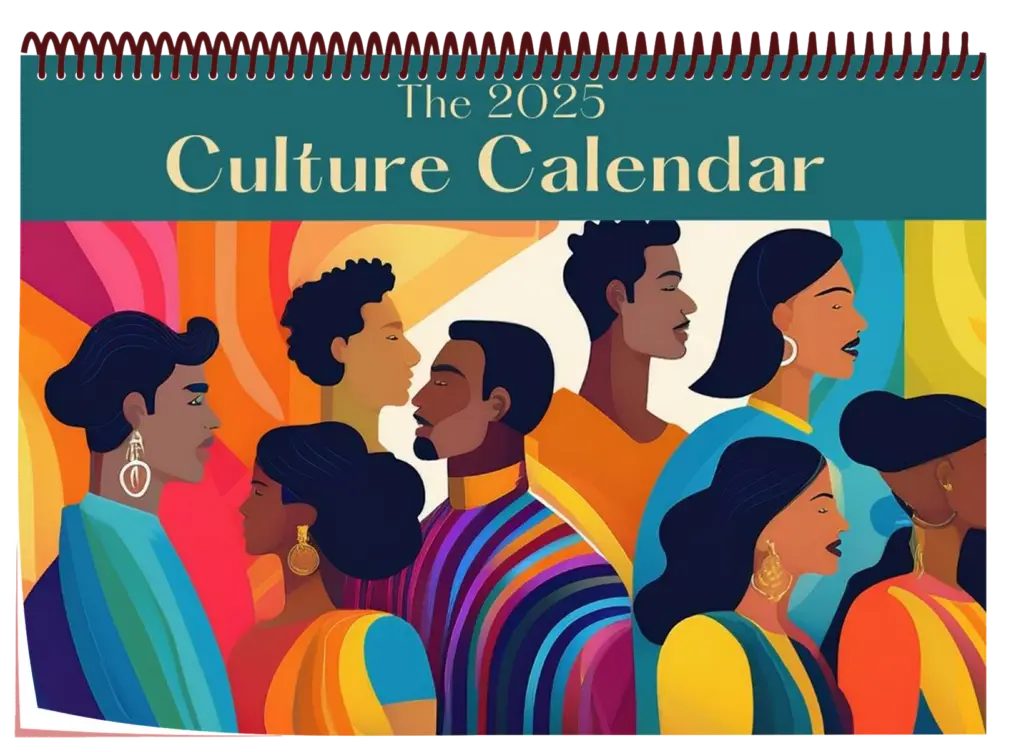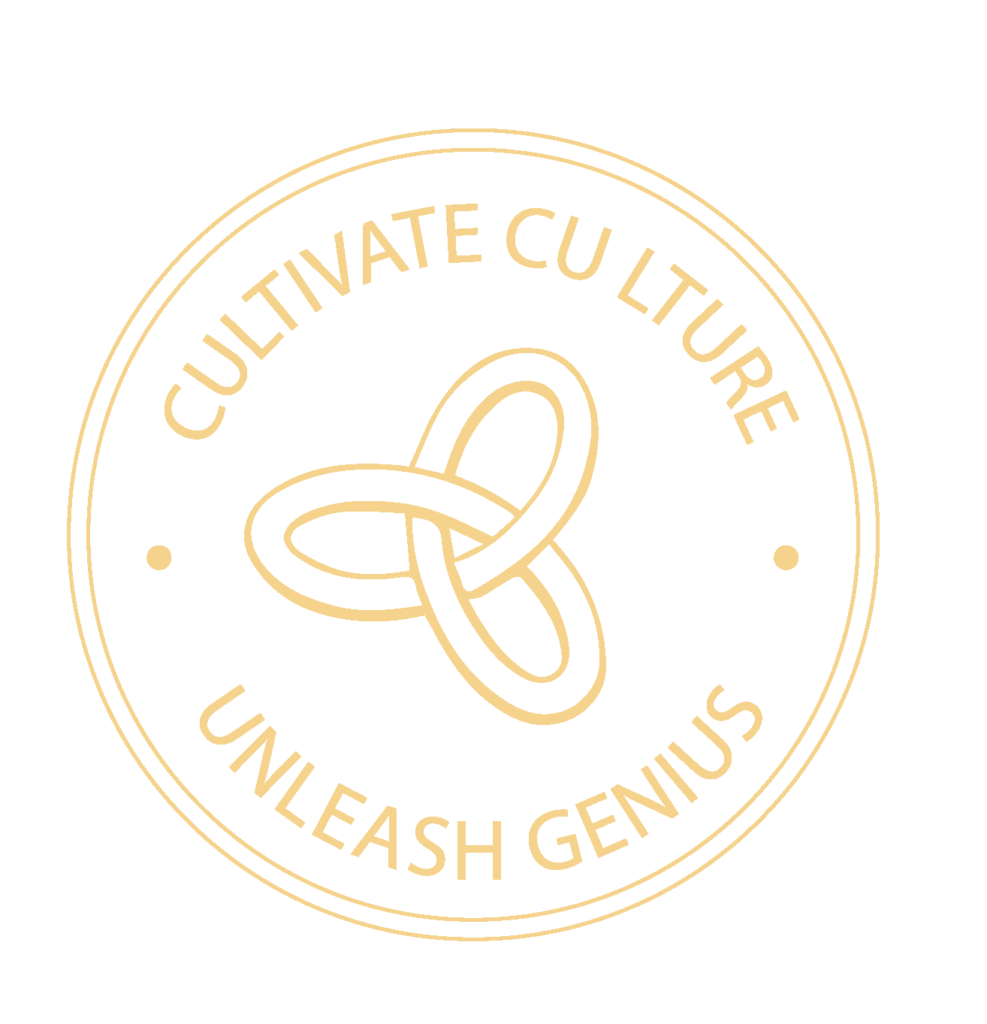The 2025
Culture Calendar
Over 250+ cultural dates, observances, and celebrations to help you build out a comprehensive and transformative internal diversity, equity, inclusion, and belonging calendar for your organization.

Purchase our beautifully designed wall calendar and/or add key dates directly to your digital calendar.

Join our mailing list to get the latest in workplace culture and professional development directly to your inbox.
